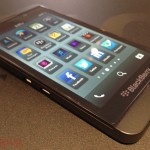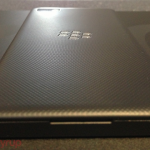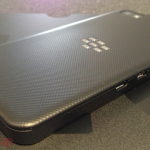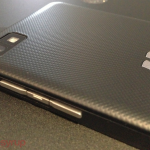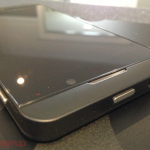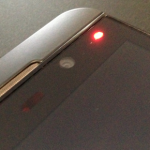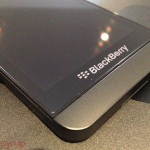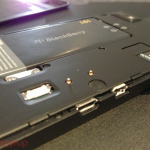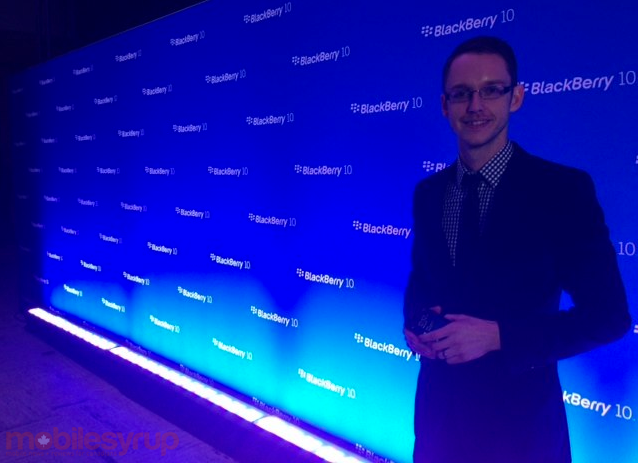
The last flagship smartphone BlackBerry released in Canada was the Bold 9900 and enthusiasts flocked to purchase this professional and, at the time, premium device. The 9900 represented the essence of a BlackBerry user, as it sported the iconic physical QWERTY keyboard, stylized metal bezel and touchscreen display. This was way back on August 12th, 2011 – now well over 500 days ago – and in the technology sector, especially mobile, that’s unheard of. Imagine running a tech business without offering your customers a product for over a year. That was BlackBerry (RIM).
Smartphones have dramatically shifted over the past couple years; whereas they used to be mainly for communication, they are now full-fledged content consumption devices. BlackBerry is surprisingly a stable business with $2 billion in the bank and 79 million loyal customers, but significantly trails the competition in market share. Analysts recently reported that both Android and iOS captured 92% of the smartphone market last quarter. These stats have surprisingly not phased BlackBerry and the company eagerly anticipates its revival with the release of BlackBerry 10, alongside a couple of new handsets, the BlackBerry Z10 and BlackBerry Q10.
Late last week I spoke with Joseph Hofer, BlackBerry’s Senior Industrial Designer, and he gave me some insight into how they created their newest BlackBerry smartphone – the BlackBerry Z10. “When we looked at designing the first smartphone for our new mobile computing platform we really wanted to make sure that the BlackBerry 10 operating system and user experience took centre stage,” he said. “The design, in a way, supported that. It was all about really choosing a frame, choosing a language that was understated and that really allowed it to shine.”
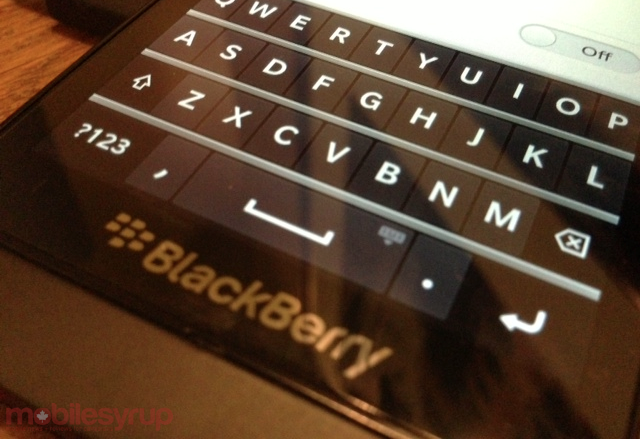
Hofer specifically talked about the design of the Z10, noting that it’s been a work in progress “for over two years.” Everyone stressed about the minor details, one of which was the font on the keyboard. “Something that you might find interesting is that the font that we use is by a Canadian designer by the name of Rod McDonald. We’ve used this for it’s legibility. It’s designed as a very legible font. We use it in the keyboard as well as the keyboard on the physical keyboard, so there is a consistency there throughout the UI,” says Hofer. By the way font is called “Slate Pro.”
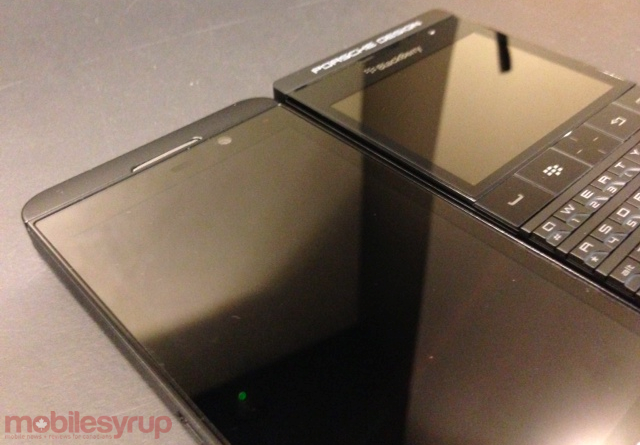
Much of the hardware design stems from the insanely-priced Porsche Design P’9981. This upscale device has a matte black finish along with stainless steel frame and hand-wrapped leather backing. The P’9981 device, according to Hofer, is “where we began the development” of the Z10. “You can see on the front that there’s this edge to edge glass. [The Z10] is made of glass at the front, it’s really to support the swiping gestures to do with the new user experience. As well the frame is a combination of metal and plastic with a coating that’s a bit satin – for areas that you would hold or touch so you’re confident about what you can touch and what you can’t.”
BlackBerry decided upon a 4.2-inch display because “it was the sweet spot between an immersive experience with BlackBerry 10, but also small enough to fit in your pocket, to be used with one-hand. We find that this is just the right size for our first product.” This leads me to believe that they’ll be coming out with larger BlackBerry 10 device in the future. BlackBerry publicly declared that a total of six BB10 devices will be released this year, so anything is possible.
When the Dev Alpha device was handed out to developers during BlackBerry World last year some stated it resembled a BlackBerry PlayBook. This is true: it does have a similar look and feel to it. All glass and a unique backing. “The back has this very interesting textured surface, but also with a bit of a soft to the touch coating,” Hofer said. “That was inspired by PlayBook and we had a lot of great reviews and responses from PlayBook. The grippiness of it allows you to be confident as you’re walking on the go. So that is something we applied here. What you might notice as well is drawn from the Bold 9900 is that we’ve pulled the edge just gently around in a small curve. What that allowed is as you use the product over time it feels really great in your hand. It not sharp and also that soft coating does wrap over the edge so you’re not touching the edge-to-edge glass.”
While BlackBerry treads back into the limelight with BlackBerry 10, perhaps the most telling answer from Hofer was when I asked him what he sees when he looks at the Z10: “When I look at this product what I see the faces and relationships of all of the people that I’ve worked with at BlackBerry to make this happen. The commitment and just the passion behind them all. All of the conversations we’ve had for over two years and just stressing about the details.”
At the end of the day, at its core, our device, whether it is the Z10 or another smartphone, is really about the “faces and relationships,” and how we stay connected.
MobileSyrup may earn a commission from purchases made via our links, which helps fund the journalism we provide free on our website. These links do not influence our editorial content. Support us here.

